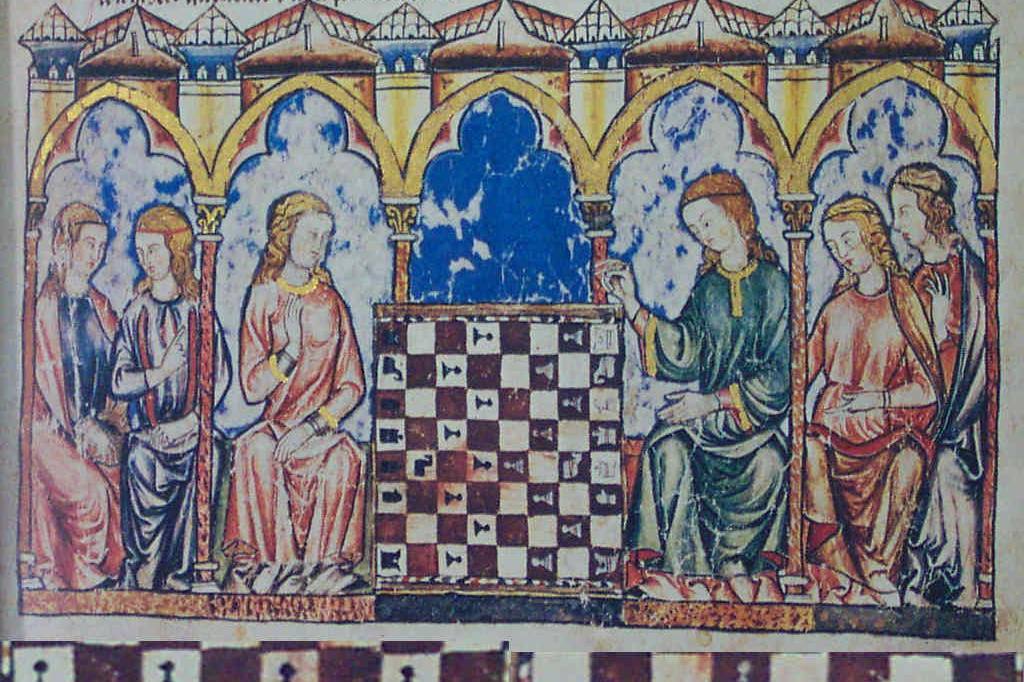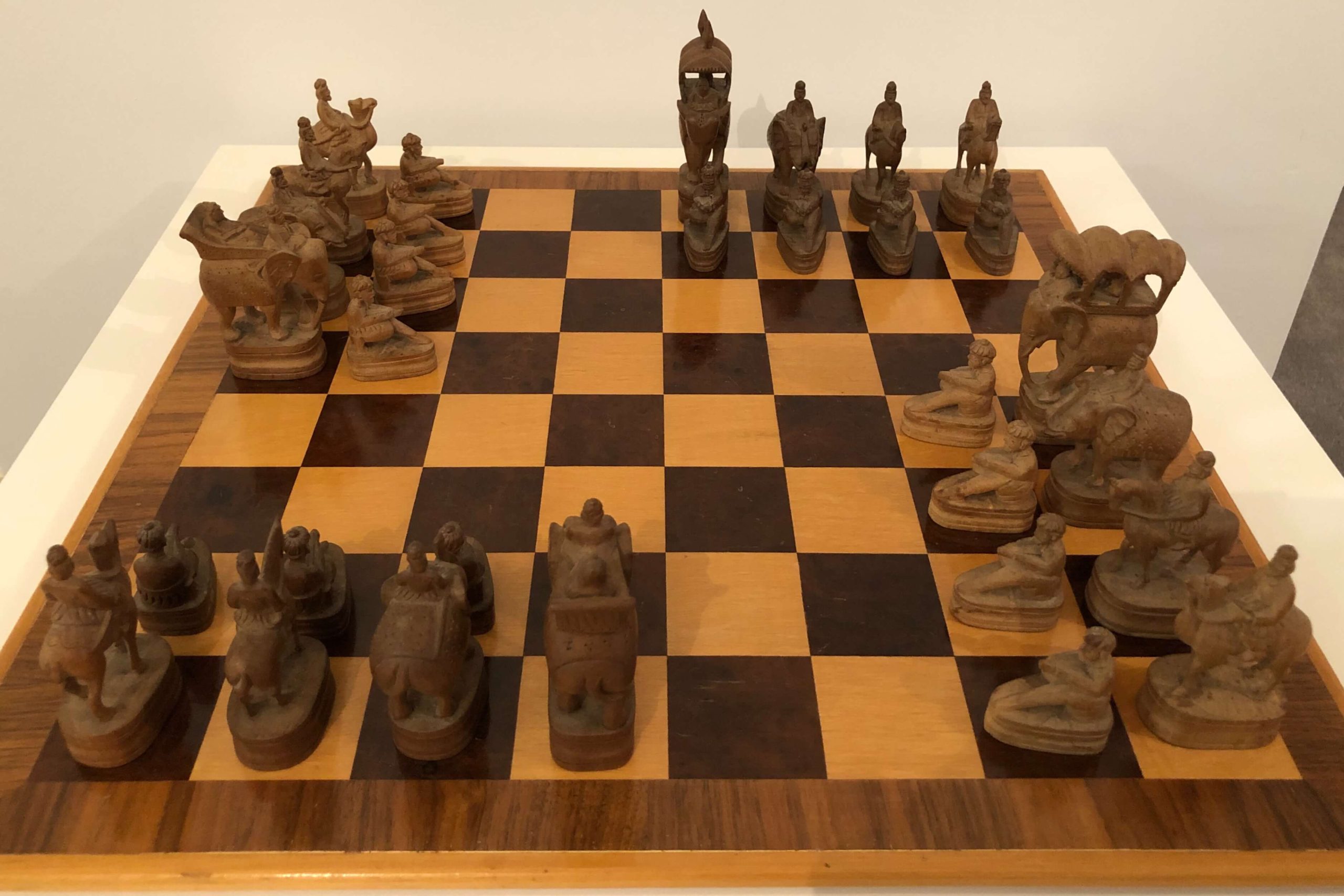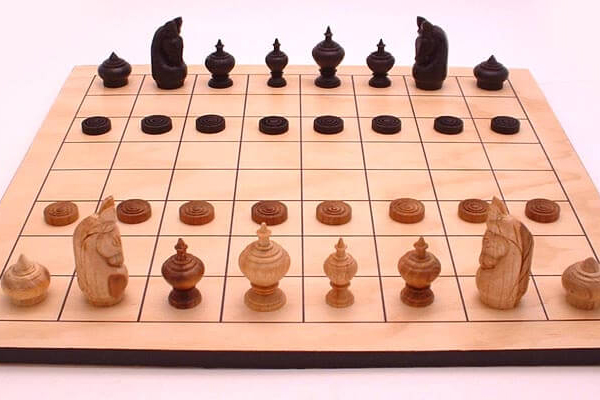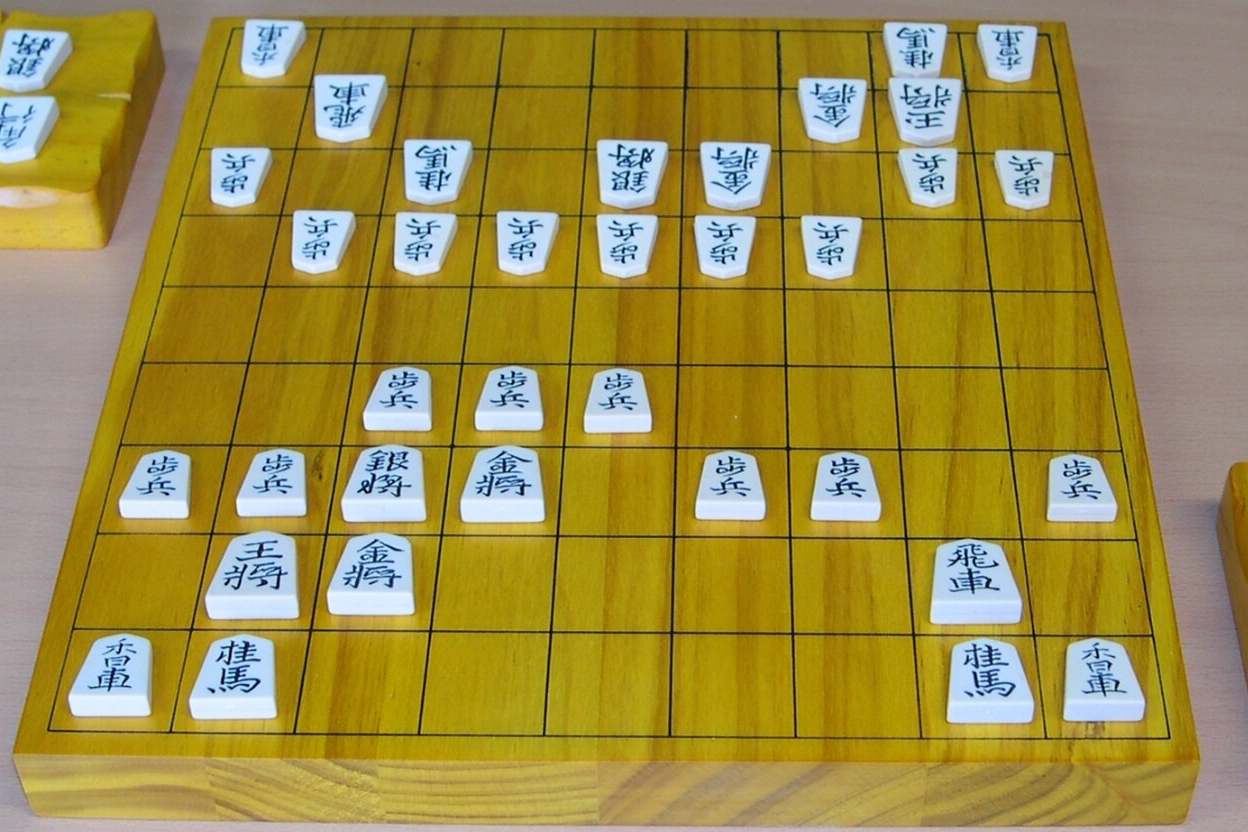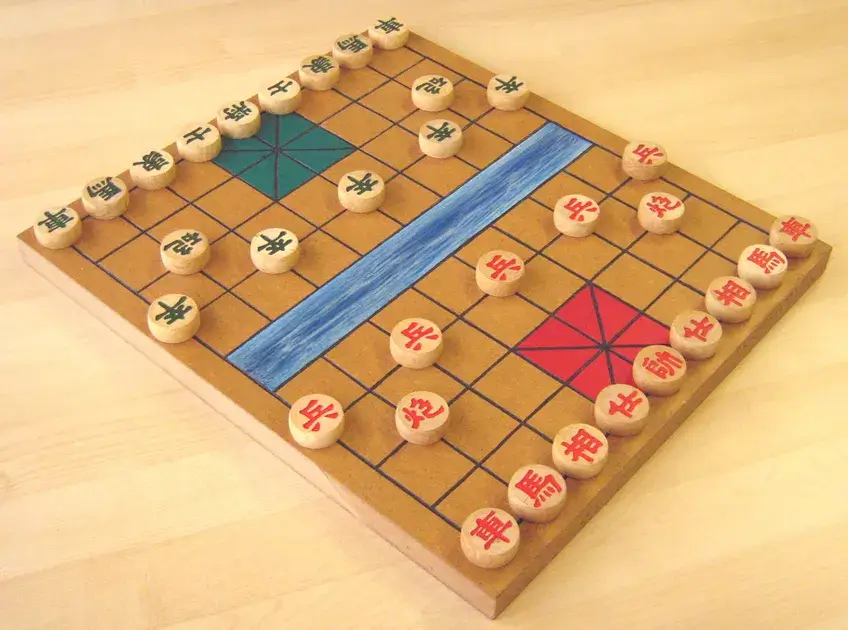Chess News, Events & Blogs
Regional Variants: Unique Chess Games from Around the World
Chess, a game that has been played for centuries, has evolved and adapted in various regions of the world, giving rise to unique and intriguing chess variants. These regional variants offer a glimpse into the diverse cultures and traditions of different countries, showcasing the rich history and heritage of the game of chess. These variants often feature different board sizes, piece movements, and gameplay dynamics, offering a fresh and exciting challenge to chess enthusiasts. In this exploration of regional variants, you’ll learn about the origins and evolution of these unique chess games, their distinctive rules and gameplay, and the strategic considerations that come into play. Discover the intricacies of Shogi from Japan, Xiangqi from China, Janggi from Korea, and many other captivating variants from around the world.
Table of Contents
Shatranj: The Ancient Persian Chess Game
Shatranj, also known as the Ancient Persian Chess Game, is one of the oldest known forms of chess and has a rich historical significance. Originating in Persia (modern-day Iran) during the Sassanian Empire (226-651 AD), Shatranj has a unique set of rules, pieces, and gameplay that distinguishes it from modern chess.
The Pieces
Shatranj is played on an 8×8 board, similar to modern chess sets. The game features six different types of pieces: the Shah (King), Wazir (Advisor), Firzan (Elephant), Rukh (Chariot), Asp (Horse), and Piadah (Pawn). These pieces move in distinct ways, with the Shah moving one square in any direction, the Wazir moving diagonally one square, the Firzan moving two squares diagonally (similar to the modern bishop), the Rukh moving horizontally and vertically (like the modern rook), the Asp moving like a knight in modern chess, and the Piadah moving forward one square and capturing diagonally.
Gameplay
The objective of Shatranj is to capture the opponent’s Shah, similar to modern chess. The game begins with the pieces arranged in a specific setup, with the Shah placed between the Firzans and the Wazirs, and the Rukhs, Asps, and Piadahs positioned on the outer ranks. The players take turns moving their pieces, with the goal of capturing the opponent’s pieces while protecting their own. The game can end in several ways, including checkmate (when the Shah is in a position to be captured and cannot escape), stalemate (when the Shah is not in check but has no legal moves), or draw by repetition or agreement.
Historical Significance
Shatranj was a popular game in ancient Persia and spread to other parts of the world, including the Islamic empire, India, and Central Asia. It was also played by medieval Arab scholars and was mentioned in many famous literary works, including The Thousand and One Nights. Shatranj was eventually transmitted to Europe during the Islamic Golden Age and served as the basis for the development of modern chess in the 6th and 7th centuries.
Makruk: The Exotic Chess Game from Thailand
Makruk is a captivating and unique chess game with distinct rules, pieces, and cultural significance that has its roots in Thailand.
The Pieces
Makruk is also played on an 8×8 board and has a variety of pieces with unique movements. The pieces in Makruk include the Khon (similar to a bishop), the Ma (similar to a knight), the Rua (similar to a rook), the Bai (similar to a queen), and the Chua (similar to a king). The pieces in Makruk have their own unique abilities and limitations, which make the gameplay strategic and intriguing.
Gameplay
Makruk follows the same objective as traditional chess, which is to capture the opponent’s king. However, the gameplay and rules of Makruk are different from those of modern chess. For example, the Khon, which is similar to a bishop, can only move diagonally one square at a time, and the Chua, which is similar to a king, can move one square in any direction, but cannot move into a square that is attacked by an opponent’s piece. The Ma, or the knight, has a unique move called “Ma-het” that allows it to move one square diagonally and then make a separate orthogonal move in any direction.
Cultural Significance
Makruk is deeply embedded in Thai culture and has been played in Thailand for centuries. It is considered not only a game but also a reflection of Thai society and way of life. Makruk is often played in social gatherings, festivals, and competitions in Thailand, and it is an integral part of the country’s cultural heritage. The unique pieces and rules of Makruk reflect Thai culture and provide insights into the history and traditions of Thailand.
Shogi: The Fascinating Chess Game from Japan
Shogi, which originated in Japan, with distinct rules, and strategic gameplay, has earned a special place in the world of chess. It has a long and rich history that dates back to the Heian period in Japan, over a thousand years ago. It has evolved over time, and its modern form was established during the Edo period (1603-1868). Shogi was originally played by the samurai class in Japan and was considered a prestigious game of strategy and skill.
The Pieces
Shogi is played on a 9×9 board, larger than the standard 8×8 chessboard. The game features a variety of pieces with unique movements. The pieces in Shogi include the King (Osho), Rook (Hisha), Bishop (Kakugyo), Gold General (Kinsho), Silver General (Ginsho), Knight (Keima), Lance (Kyosha), Pawn (Fu), and Promoted versions of these pieces. One of the unique aspects of Shogi is the ability to promote pieces, which adds depth and complexity to the gameplay.
Gameplay
Shogi follows the same objective as traditional chess, which is to checkmate the opponent’s king. However, the gameplay and rules of Shogi are different from those of standard chess. For example, captured pieces can be dropped back onto the board as one’s own, adding a dynamic element to the game. Additionally, many of the pieces in Shogi have unique movements, such as the Gold General, which can move diagonally and horizontally, and the Knight, which has a unique L-shaped move.
Cultural Significance
Shogi is deeply embedded in Japanese culture and has been played in Japan for centuries. It is considered not only a game but also a reflection of Japanese history, tradition, and philosophy. Shogi has a strong presence in Japanese society, with professional Shogi players, Shogi tournaments, and even Shogi-themed manga and anime. Shogi has also gained international recognition, with players and enthusiasts from around the world appreciating its strategic depth and cultural significance.
Xiangqi: The Strategic Chinese Chess Game
Xiangqi is a strategic and highly popular chess game that has its roots in ancient China. It also has a rich cultural heritage and remains a beloved game in China as well as among chess enthusiasts around the world. Xiangqi has a long history that dates back to the ancient Tang Dynasty in China over a thousand years ago. It has evolved over time, and its modern form was established during the Song Dynasty (960-1279). Xiangqi was originally played by Chinese military commanders and was considered a crucial tool for training strategic thinking and planning.
The Pieces
Xiangqi is played on a 10×9 board, with unique pieces that reflect Chinese culture and history. The game features a variety of pieces, including the General (Shuai), Advisor (Shi), Elephant (Xiang), Horse (Ma), Chariot (Ju), Cannon (Pao), and Soldier (Bing). Each piece has its own unique movement and strategic value, making Xiangqi a highly tactical and strategic game.
Gameplay
Xiangqi shares some similarities with traditional chess, but it has its own distinct set of rules and gameplay. The objective of Xiangqi is to checkmate the opponent’s General, similar to checkmate the opponent’s King in traditional chess. However, Xiangqi has unique rules, such as the River and Palace, which add complexity to the game. For example, the Generals are restricted to the Palace area, and pieces like the Elephant have limited movement across the River, making strategic positioning and control of the board critical in Xiangqi.
Cultural Significance
Xiangqi has a strong cultural significance in China, where it is considered not only a game but also a reflection of Chinese history, tradition, and philosophy. Xiangqi has a significant presence in Chinese society, with professional Xiangqi players, Xiangqi competitions, and even Xiangqi-themed art and literature. It is often played in social settings, and its strategic gameplay is highly respected and admired.

